In the last 30 years, Nevada has evolved from a sparsely and homogenously populated rural outpost to one of the most urban and diverse states in the country. Nevada’s population is now majority-minority. The Las Vegas-Henderson-Paradise Metropolitan statistical area with over 2.2 million residents is the 28th largest in the country and is home to nearly three out of four Nevadans. By 2060, the demographics of the rest of the United States are expected to look a lot like Las Vegas does today.
Yet, despite the state’s unprecedented growth and demographic change, its governing institutions remain largely unreformed. To wit, last week the Nevada Legislature concluded its 80th regular session. Barring the convening of a special session (or two) this body will not meet again until February 1, 2021 after the 2020 election.
Yes, Nevada is one of four states (along with Montana, North Dakota and Texas) that still hold biennial legislative sessions. Moreover, thanks to a voter-approved constitutional amendment, since 1999, the regular session of the Nevada Legislature is limited to 120 calendar days with sessions being held in odd numbered years between February and early June following the previous November’s election. During these 120 days, legislators are not only conducting the business of state government, but because Nevada is a strict Dillon’s Rule state that extends little autonomy to local governments, legislators are tasked with addressing the myriad concerns of the state’s local governments.
In addition, with 63 members (42 in the state assembly; 21 in the state senate), the term-limited Nevada Legislature is the fourth-smallest in the country and because of a constitutional provision limiting legislative pay to the first 60 days of the session plus per diem, the Nevada Legislature is truly a “citizen legislature.” For legislators from Southern Nevada, their service requires that every two years they relocate for four months and establish temporary residency 400 miles away in Carson City, Nevada’s capital.
The mismatch between institutional capacity and the policy demands of a fast-growing, urban, and diverse state has led some legislators to propose constitutional amendments seeking to lengthen legislative sessions, improve compensation, and allow for annual sessions. While sitting legislators arguing for more expansive government creates uncomfortable optics to say the least, the real barrier to reform is the arduous amendment process. A proposed amendment must pass both legislative chambers with a majority vote in successive legislative sessions before being placed before the voters; a process that takes three and a half years and requires a tremendous amount of coordination, not to mention a willingness of voters in a state that still clings to its libertarian mythology to support a larger government.
Still, not all legislators see the need to adapt Nevada’s governance to reflect the increased policy demands of a 2.2 million-person metropolitan region. For instance, after the 2013 session, a rural legislator suggested that instead of working to accommodate the needs of Las Vegas, the state would be better served by trading Las Vegas to California or Arizona, or by making Southern Nevada “a district,” devoid of any representation in government a la Washington DC.[i]
The absence of annual sessions and full-time legislators places enormous power and influence in the executive branch and, just as importantly, in the offices of full-time state employees in Carson City. These arrangements also empower the 1,000-plus members of the legislative lobbying corps who enjoy unfettered access to legislators for the four months that the Nevada Legislature is in session, largely because of the remoteness of the state capital and the resulting limited citizen participation in the legislative process.
Yet, even as the state’s policy making institutions remain unreformed, change is occurring largely because of changes to the composition of state government. In 2018, Democrat Steve Sisolak was elected governor. Not only is Sisolak the first Democratic governor in Nevada in 20 years, he is the first former member of the Clark County Commission ever to be elected to lead the state. With Sisolak’s election and the continued Democratic control of the Assembly and Senate, in 2019 the Democrats obtained unified control of state government. The last time that occurred was in the early 1990s. Beyond partisanship, the 2019 session of the Nevada Legislature featured the first female majority state legislature in the nation’s history and nearly a third of legislators were ethnic or racial minorities.
The consequence of these compositional changes was a legislative agenda reflecting the needs and preferences of urban and progressive Nevada and Nevada’s communities of color. The bills passed included increases to the minimum wage, decriminalization of abortion, codification of the Affordable Care Act’s protections for pre-existing conditions and minimal requirements for health insurance, raising the state’s renewable energy requirements to 50 percent by 2030, criminal justice reform, gun control, establishing a board to oversee the state’s nascent legal cannabis industry, and increased ballot access including the implementation of same day voter registration and the restoration of voting rights for former felons.
Perhaps most ambitiously, the Legislature reformed the state’s 52-year-old K-12 funding formula. That Nevada uses a funding formula that was developed in 1967, when fewer than half a million people lived in the state, is a telling indicator of the policy inertia engendered by the state’s antiquated legislative body. The manner by which the legislation was processed exemplifies how institutional constraints challenge effective policy making.
After waiting months for the bill to be written, on the 99th day of the session SB543 was introduced a week after business and education leaders were given a sneak preview of the funding formula reforms. The bill was then amended and passed out of the Senate a week after it was heard. On the last day of the session, the bill was heard in the Assembly. After addressing some last-minute concerns via another amendment, SB543 passed the Assembly and with two minutes to go before the session ended, the Senate concurred with the Assembly’s amendment and the bill was sent to the governor.
Undoubtedly, SB543, as well as many of the other bills that were passed in the waning moments of the 2019 session, will have unintended consequences that in some instances will require minor adjustments, while other legislation may need to be reworked substantially. More generally, the refusal to invest in adequate, efficient government leaves Nevada at a severe disadvantage in its ability to compete with other states for its share of discretionary federal funds or to respond to the policy needs of its fast-growing population.
Of course, Nevada will have to wait until 2021 to discuss the matter further.
[i] Nevada Assembly GOP’s New Caucus Leader Jim Wheeler Open to Voting For Slavery. NVDems. https://nvdems.com/press/nevada-assembly-gops-new-caucus-leader-jim-wheeler-open-voting-slavery/
The Brookings Institution is committed to quality, independence, and impact.
We are supported by a diverse array of funders. In line with our values and policies, each Brookings publication represents the sole views of its author(s).

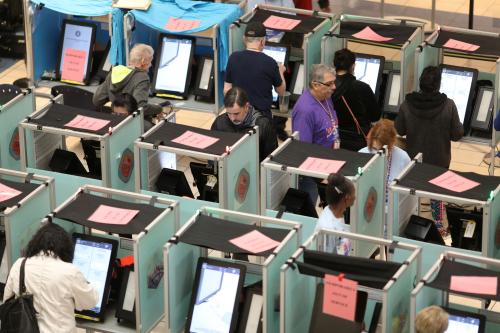
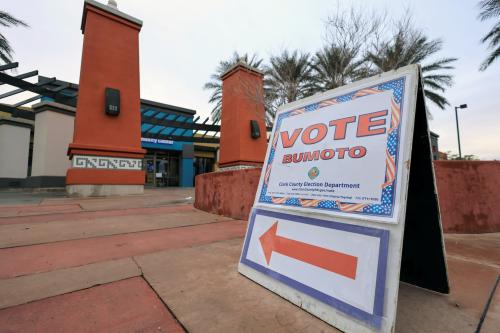

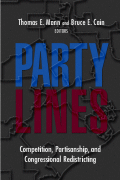
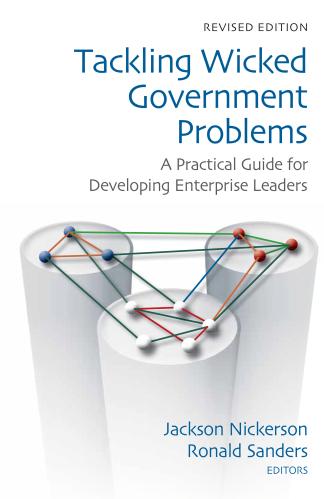
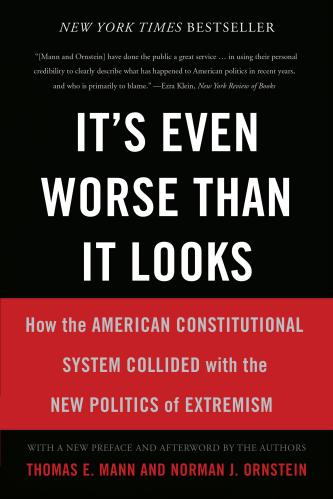
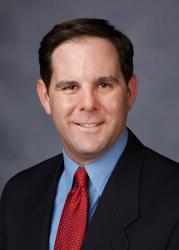



Commentary
Limits on Nevada’s legislature keep it from serving the state
June 14, 2019